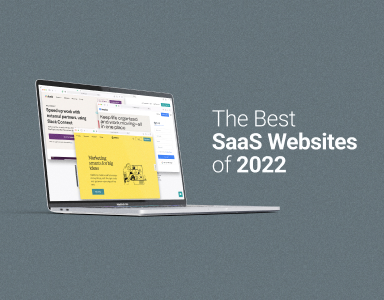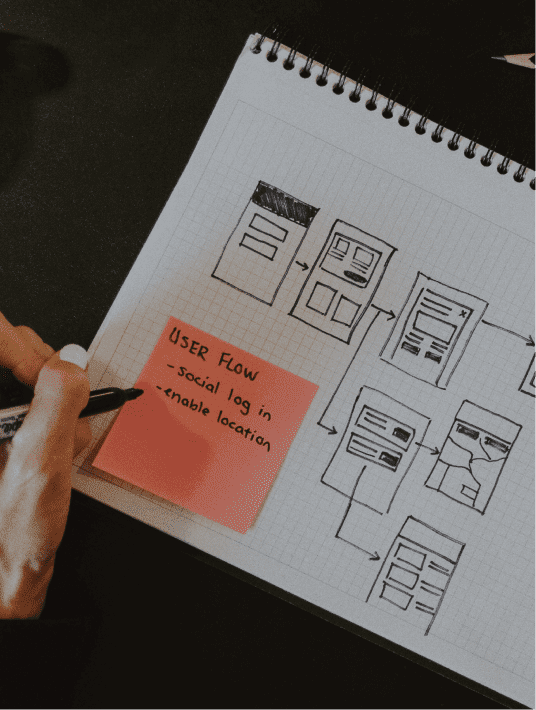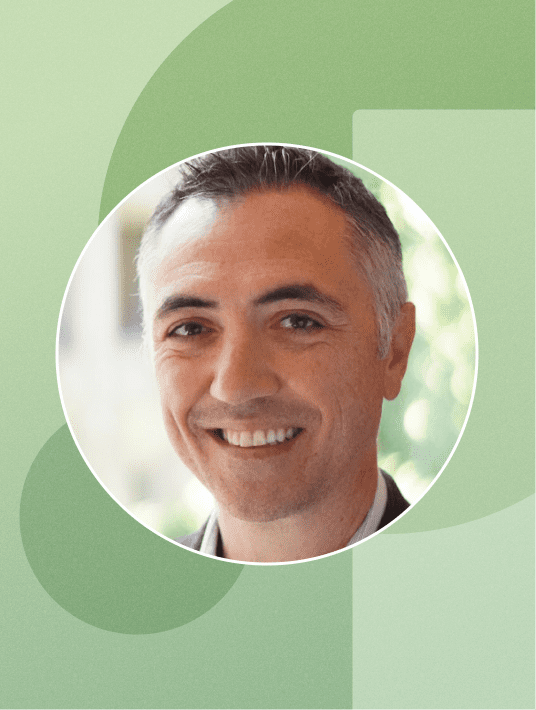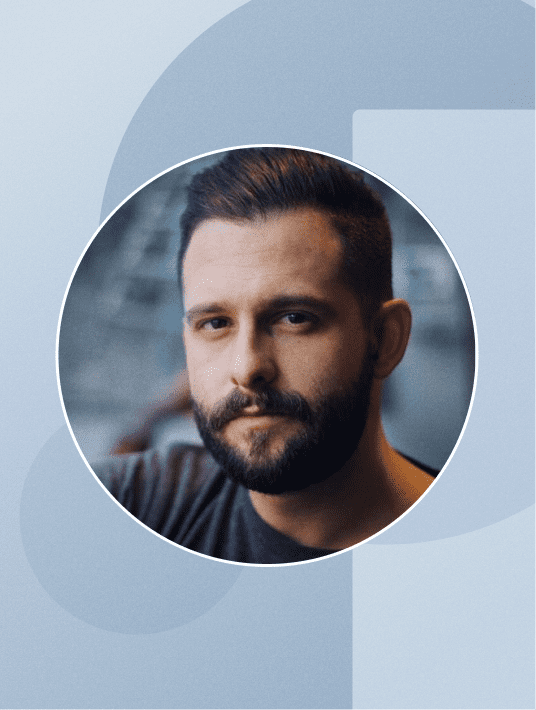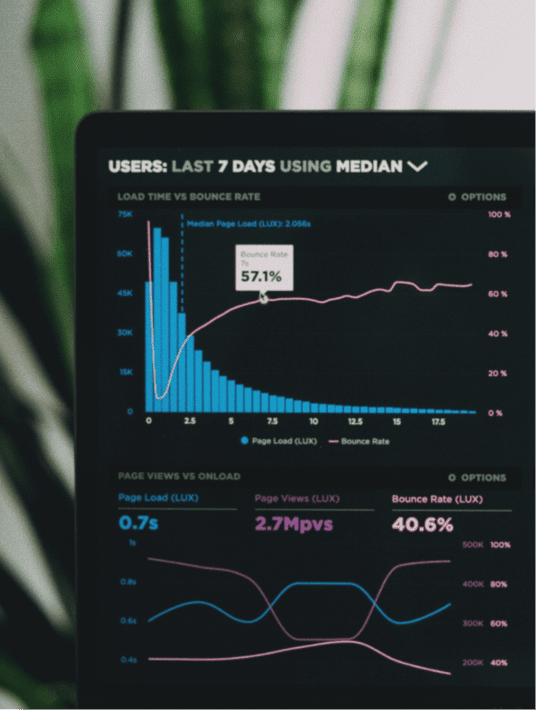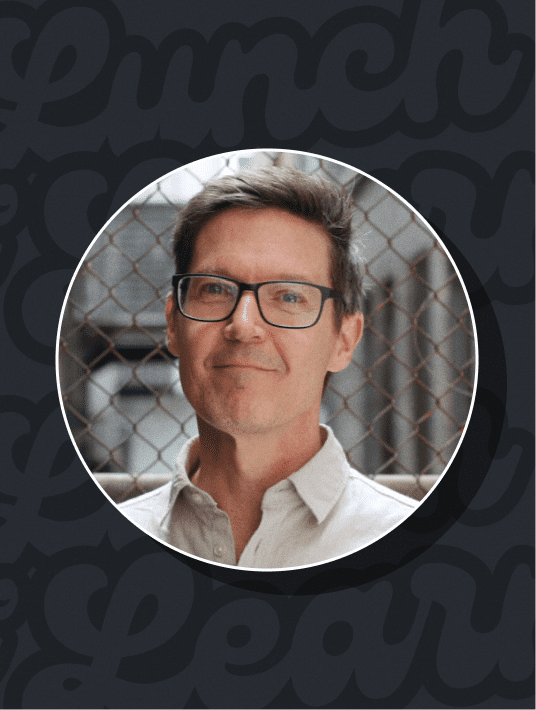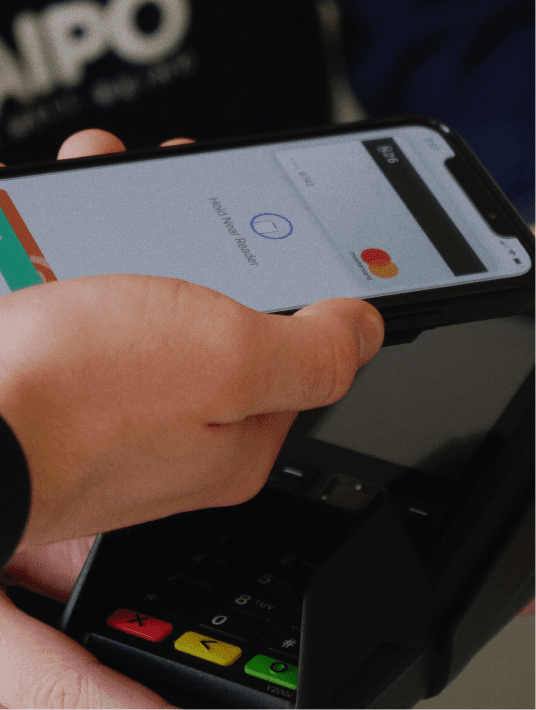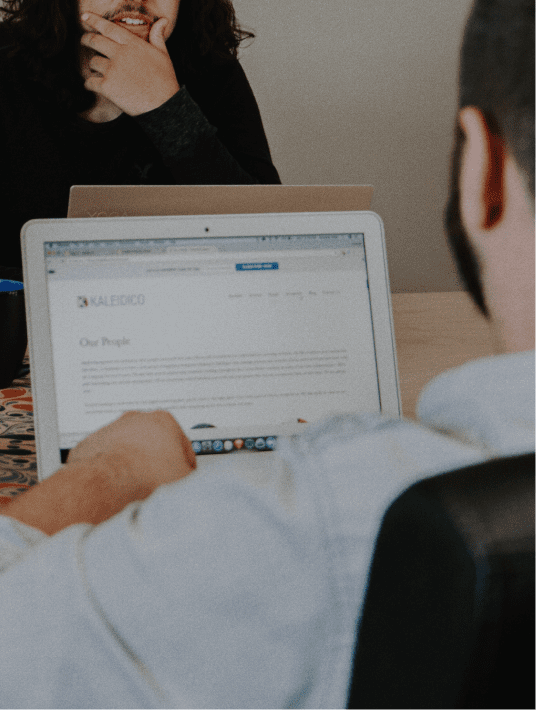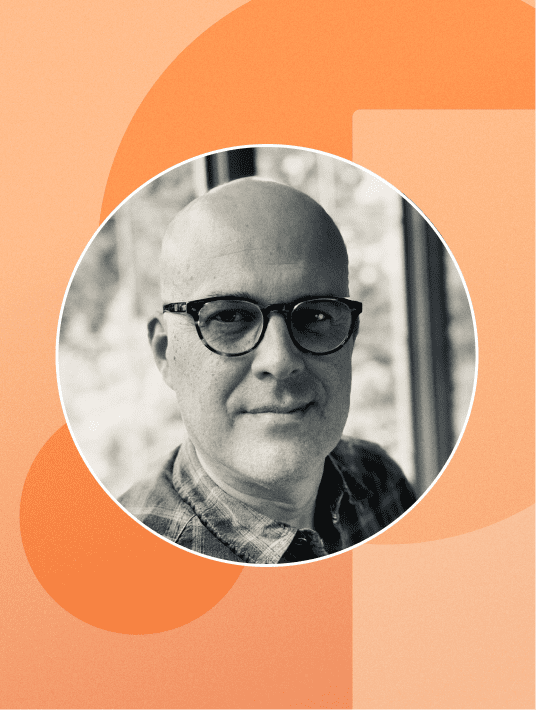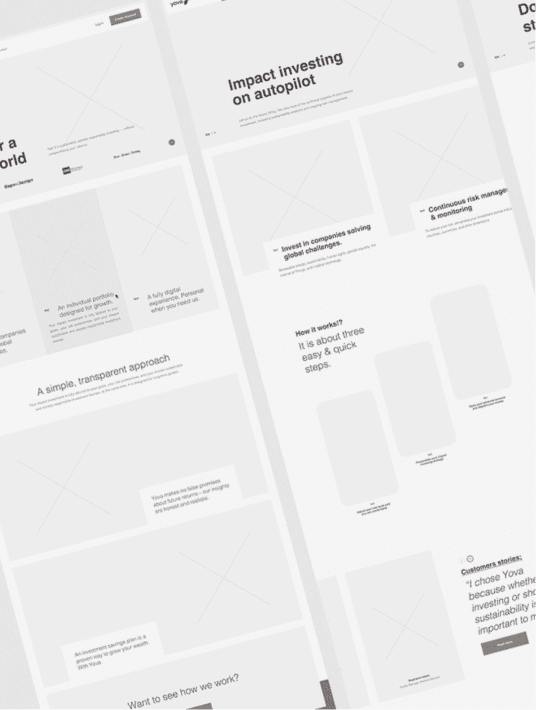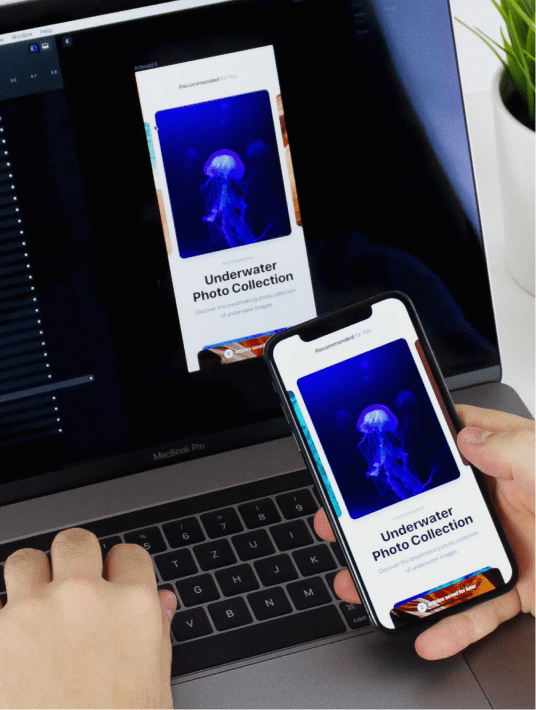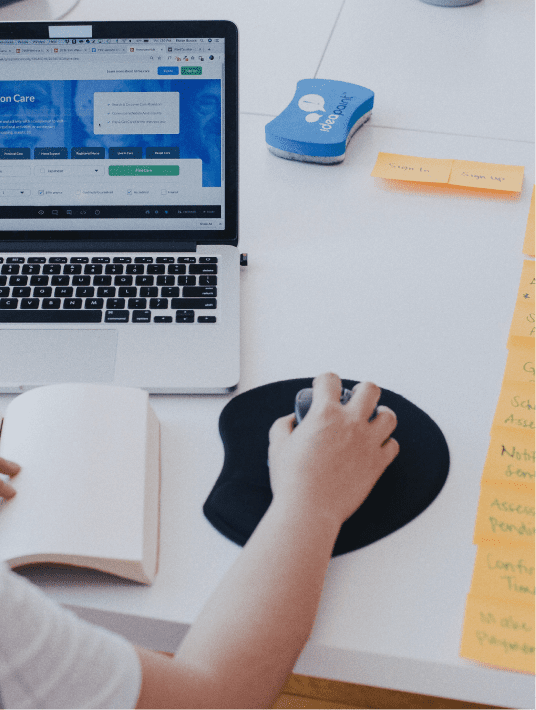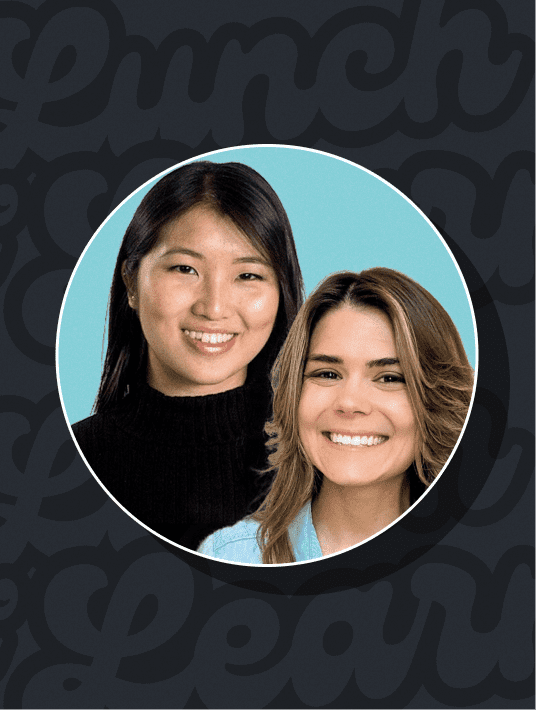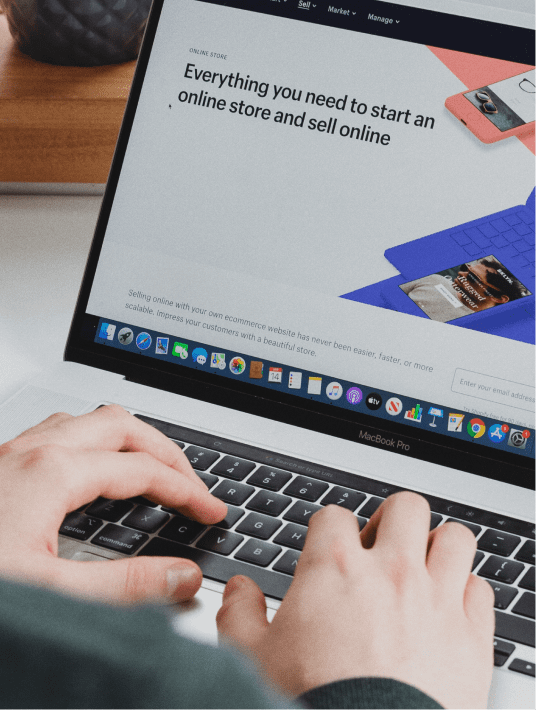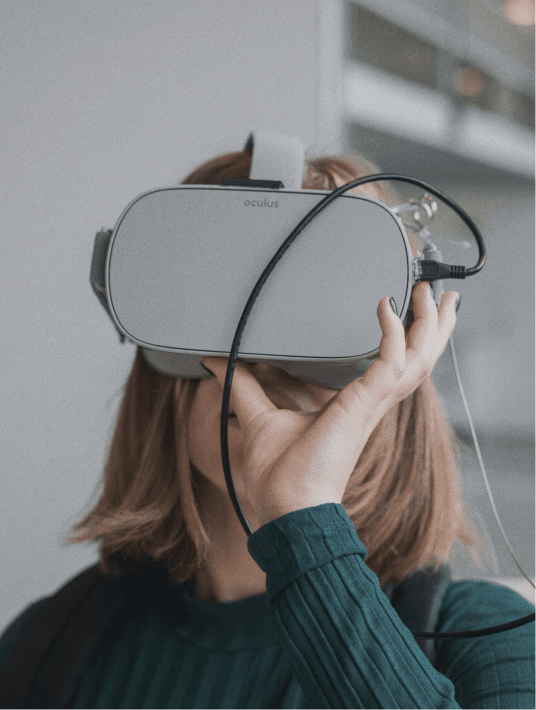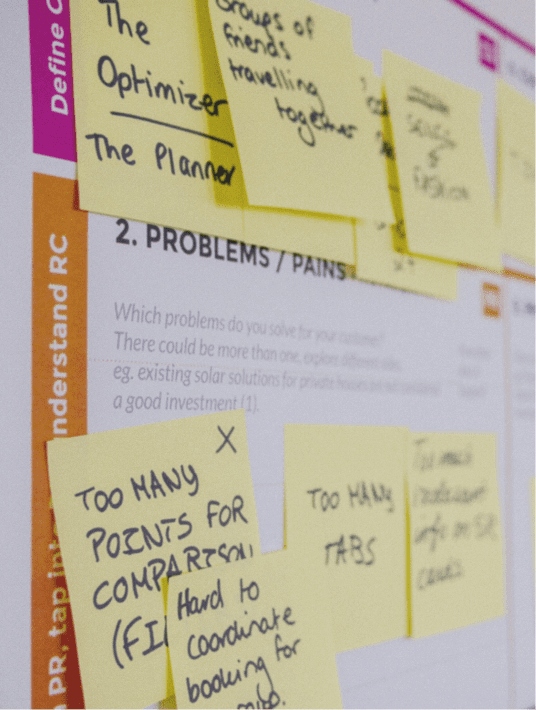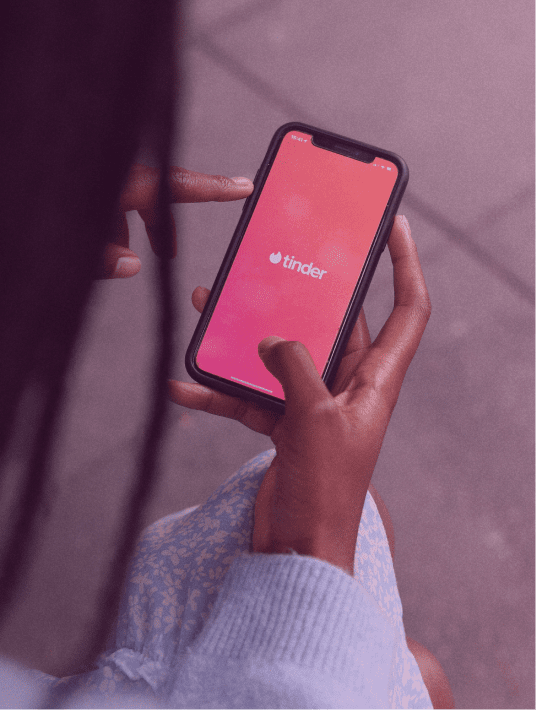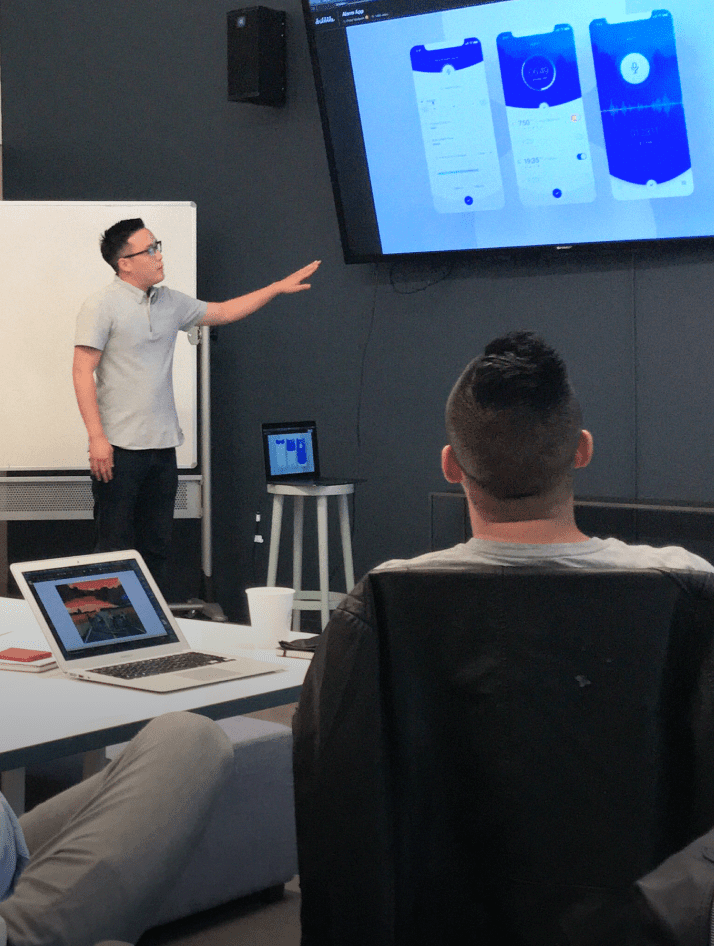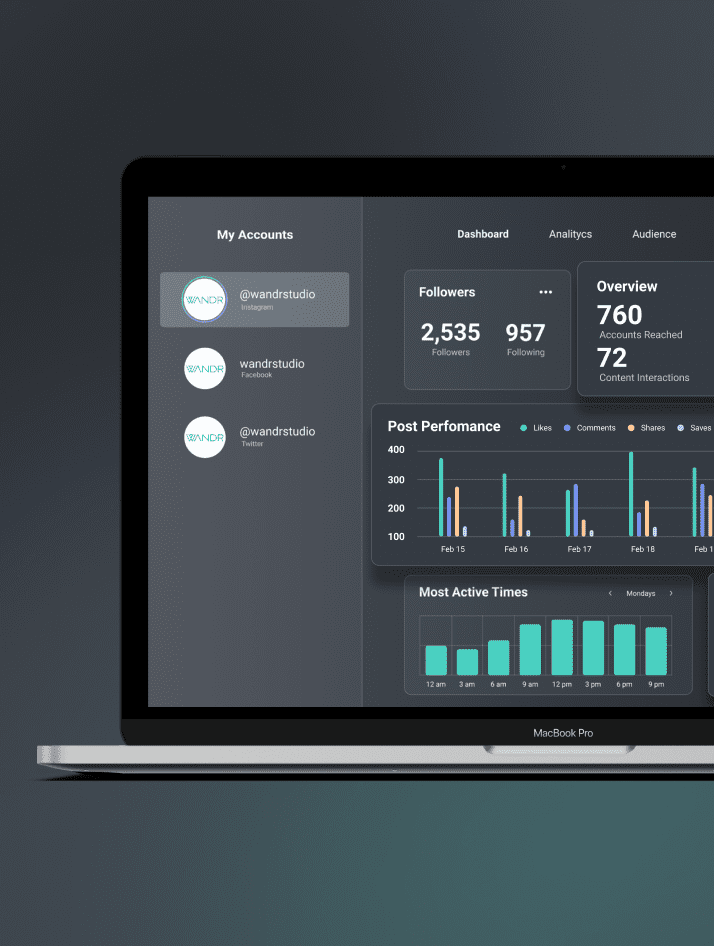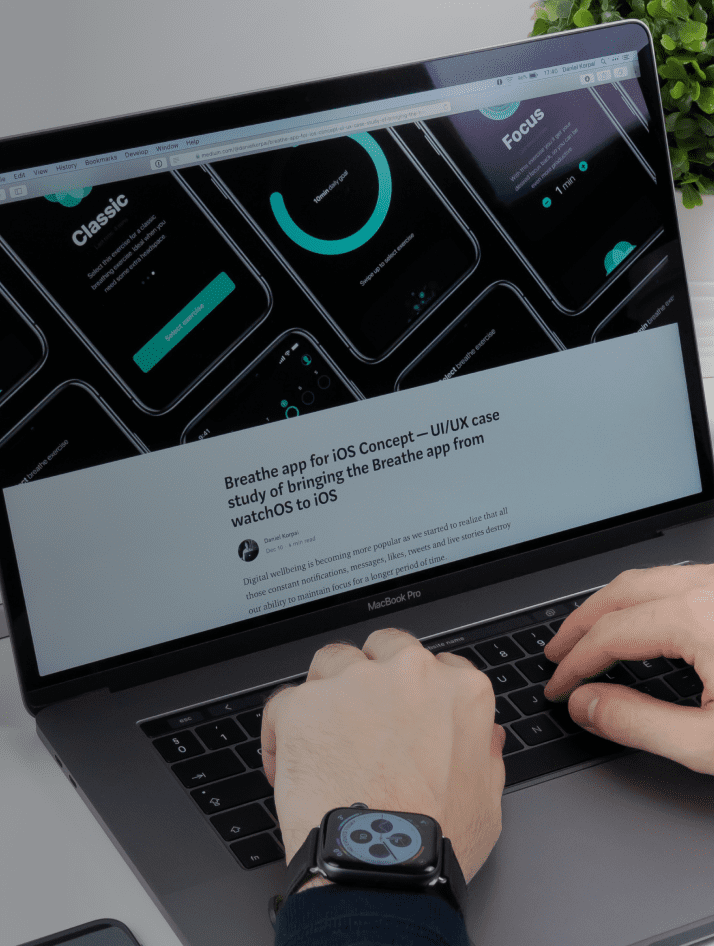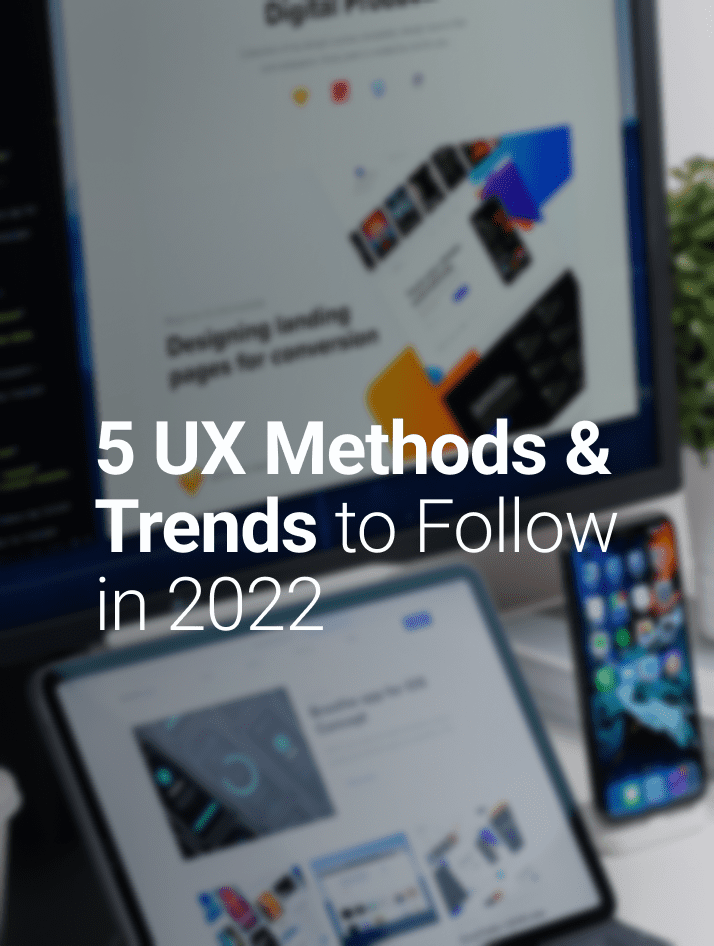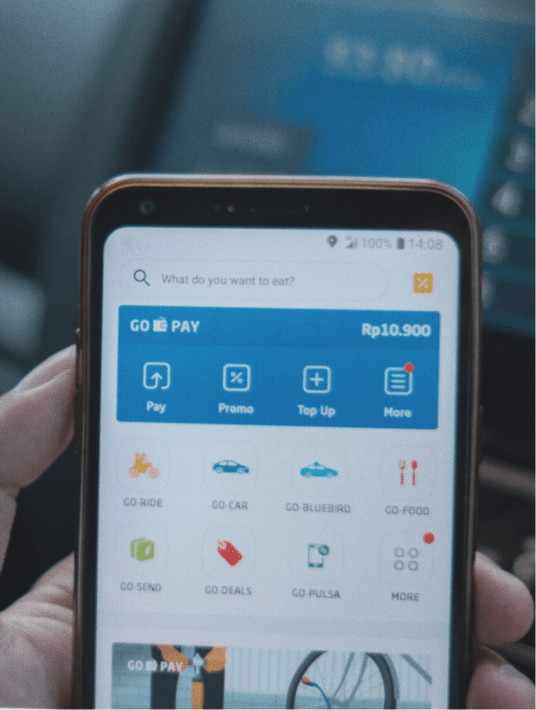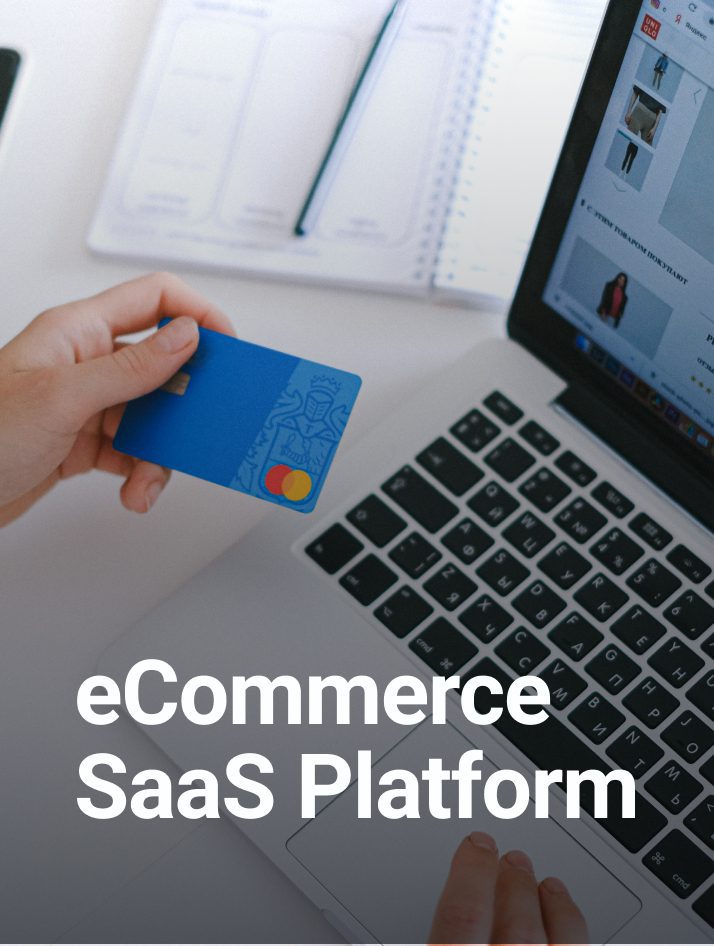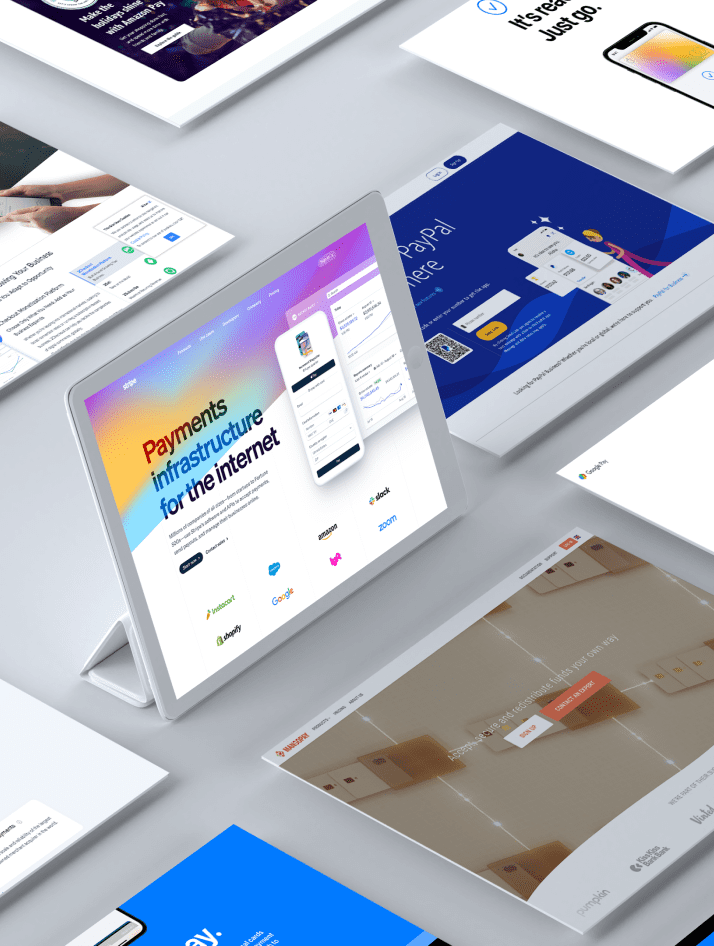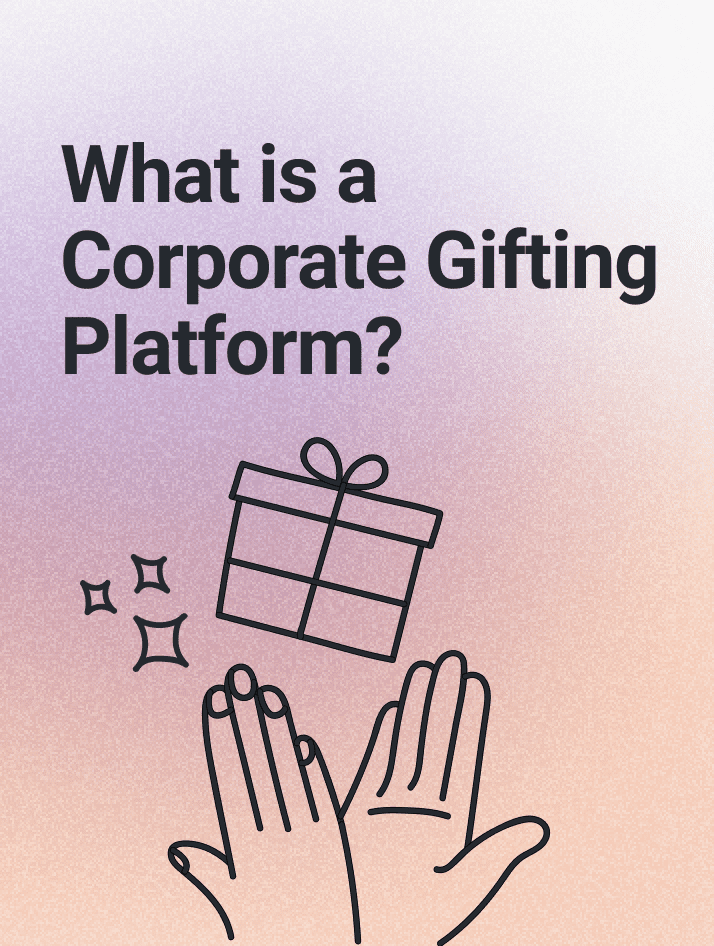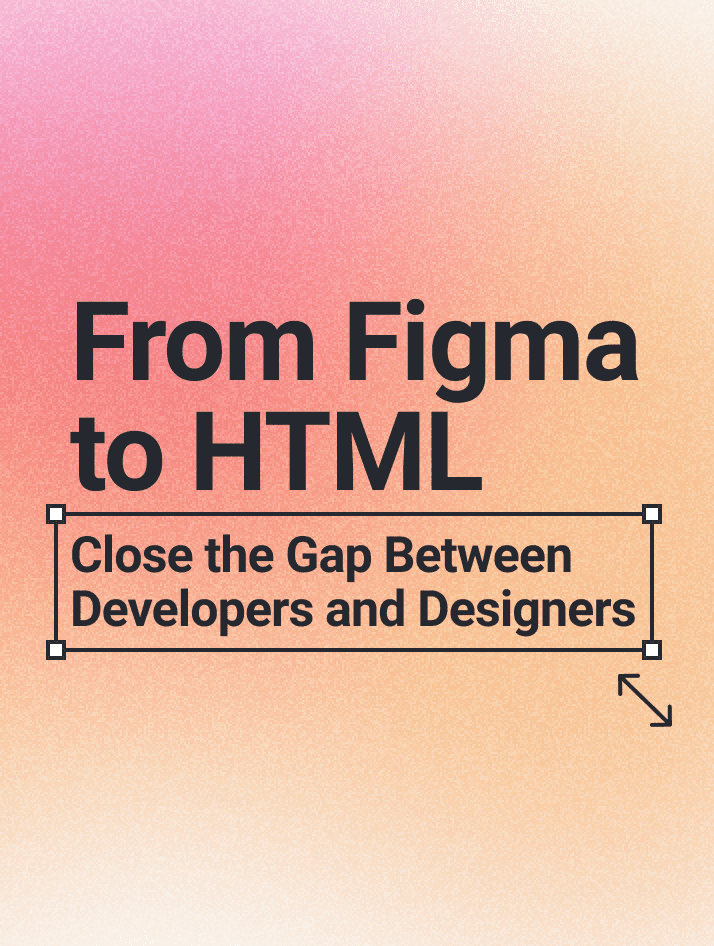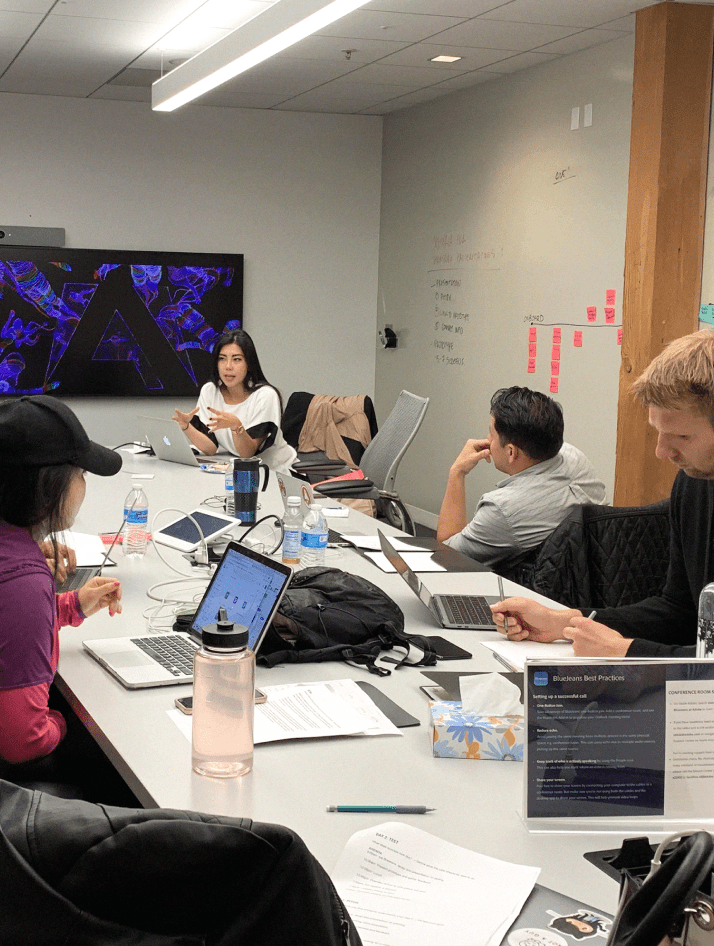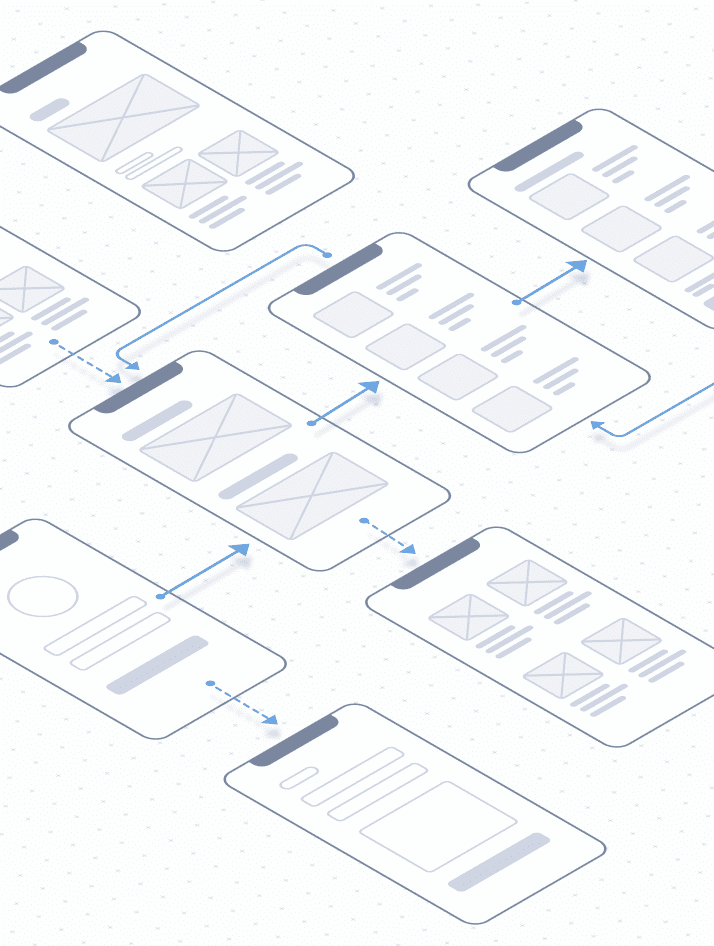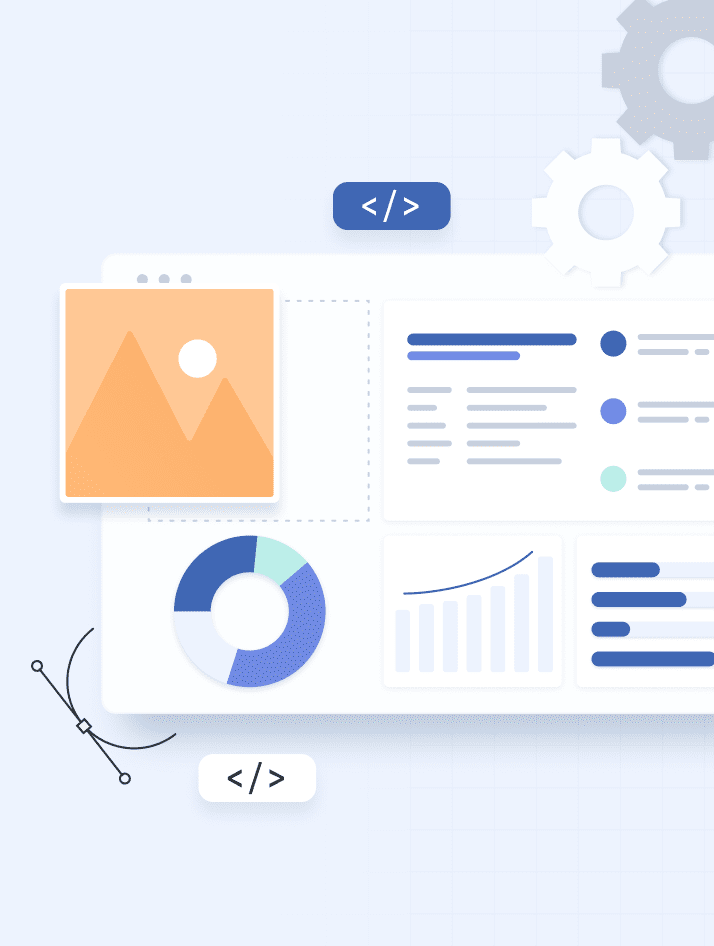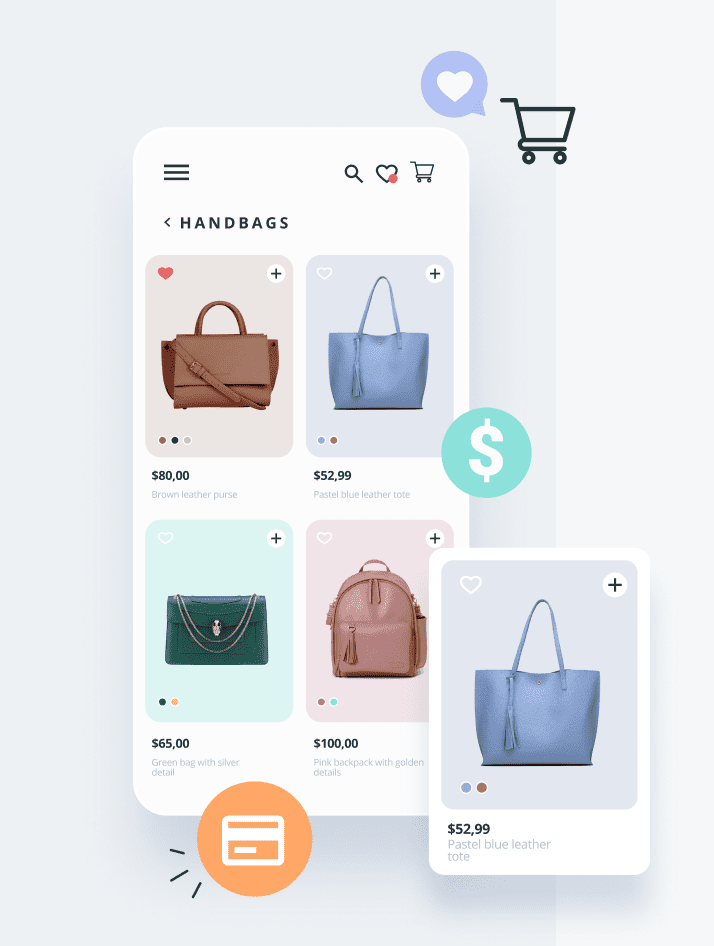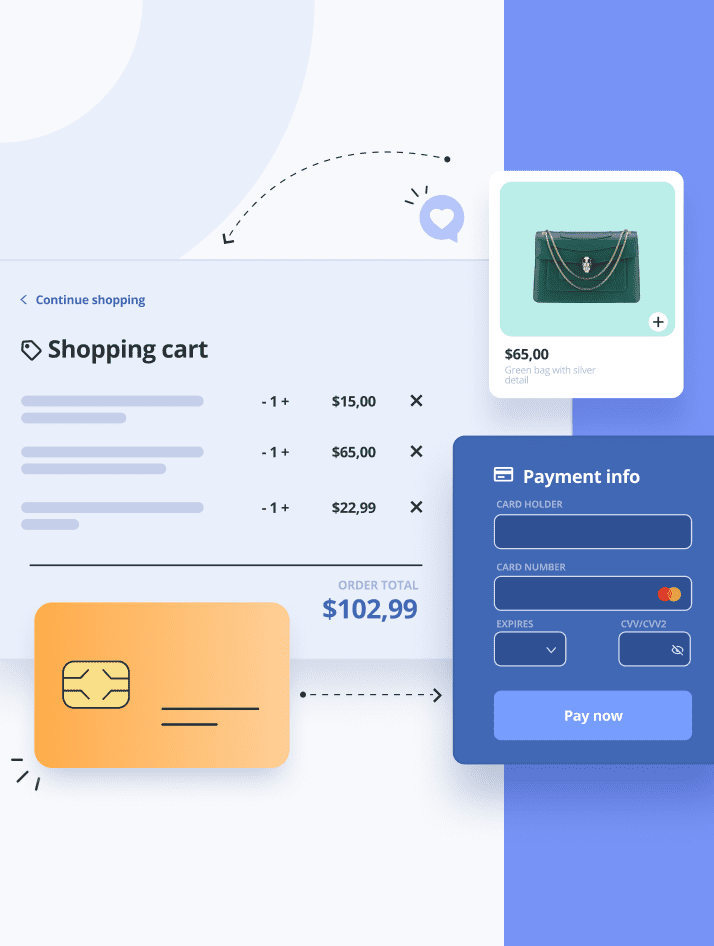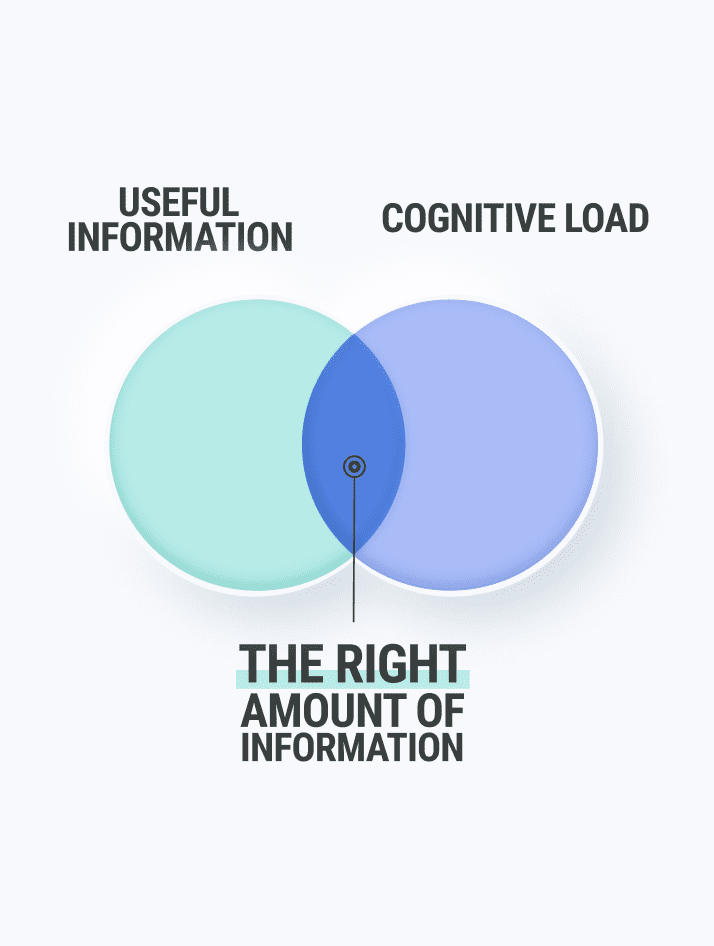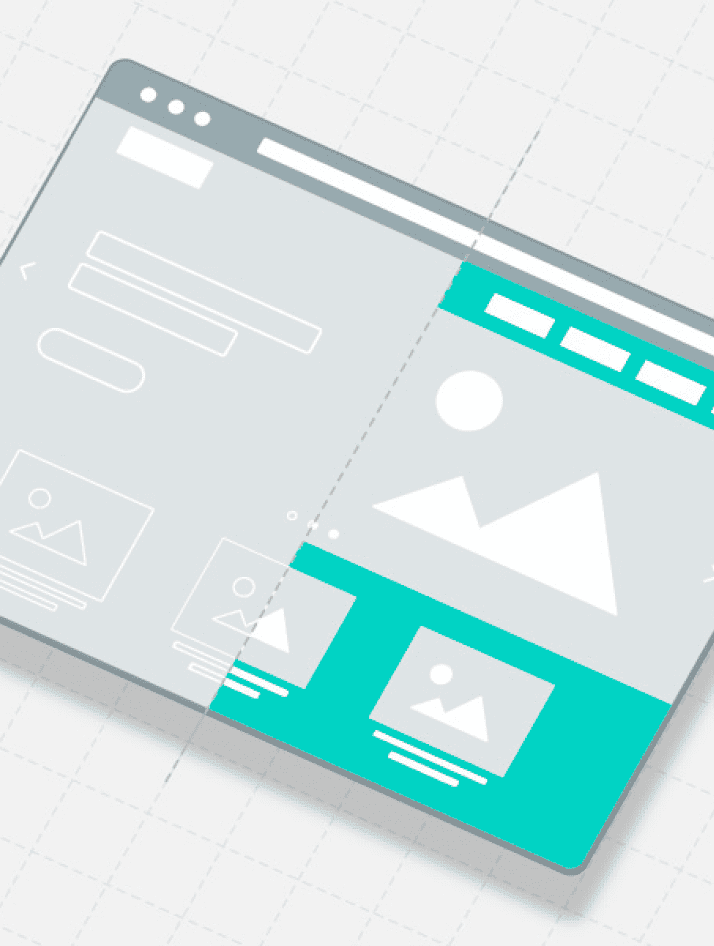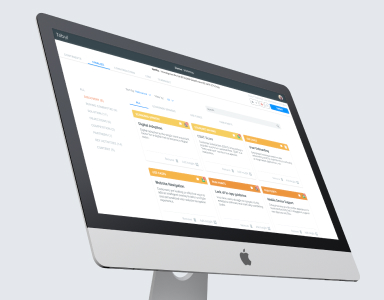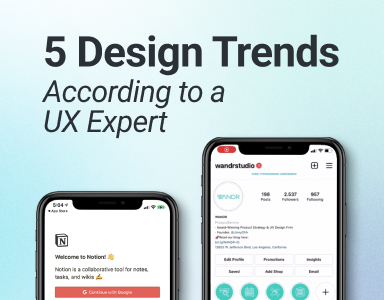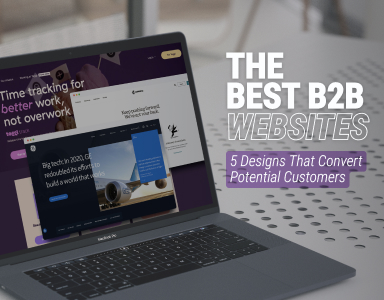How to Prepare to Work With a UX Design Agency
Define User Insights: Explore the significance of user research in defining product value and creating user-centric designs!

When reaching out to a UX design agency it’s important to understand what you need to provide to get the most out of your experience or service with an agency. To start with as much clarity of intent as possible. Defining and understanding the full scope of what is needed for your project can be greatly beneficial in utilizing the agency’s resources and skills effectively. So ask yourself what is it we need to provide before initiating a conversation with a UX design agency?

Pricing
Since there are no set standards in the industry, you will need to be mindful when it comes to the variety of pricing offered per agency. For example, some agencies come in very high to low, and this could be tied to their location or other results-oriented factors. It’s important to perceive the value as opposed to the price, and understand what your brand will get out of this experience.
How to Define Value?
Understanding the value of UX design comes from in-depth user insights. There is no substitute for user research and direct communication from your users. If you have a product that will be used by someone you will need to hear directly from them.
It’s important to keep an eye on the bottom line but also get the project done and done right the first time. Oftentimes companies will have a product-first approach, basically rushing their product to market and to their users with the intent to adjust as they go. Committing to a product that hasn’t been tested and has no prior user research before release ends up having several flaws and a higher chance for user dissatisfaction. We find that this approach leads them to an inconsistent product as time goes on which they then often neglect to make any adjustments. We like to refer to this as a “Frankenstein” product. The cost of pushing something to market and later on having to redesign it, in the end, will cost more. As opposed to when you do a design-first approach with the proper assessment and set the right foundations for a well-established product and UX design, you can save on money and resources.
For example, we had a client that was a gaming company and they were only receiving feedback from their most involved users, specifically more advanced technical users. This led to the user interface becoming more and more complex for they were only catering to a specific userbase. This disenfranchised various other users and newcomers as the interface were too complex for them, and they left out of difficulty and inconvenience. It’s easier to design and build in a coherent way that is usable to all users, with easy discoverability features and preserving consistency. This ensures you are acknowledging all avenues before committing those resources to develop a new idea.
Another key thing to note is that assumptions don’t provide enough evidence to support ideas for products and lead to ineffective decisions. Asking where the assumption that your product is working come from? And how do we validate that assumption from user research? It’s ideal to have these defined before reaching out, but it’s also okay not to have these defined initially, if you come with an open mind we can help you walk through this.
How do we define our users for our product?

We typically use ideal customer profiles to define users who would be consuming your product, but you may be asking what is an ideal customer profile exactly? An ideal customer profile is a user you intend to sell these products to. Within these profiles is user personas, which are an essential part of the research process. User personas allow us to understand real-life customers and their behaviors. Think of them as a tool for understanding your users, personas can be based on demographics or your current customer base. They can help us define who exactly we have to talk to for the most insightful feedback. With user personas, it’s ideal to have a sample size of at least 3-5 users. According to the Nielsen Norman Group, 3-5 users is exactly what we need to define actionable points for design and UX design because anything beyond that would give us repeating patterns.
Questions to Ask Yourself
From there we can ask why is it important to have elements such as information architecture, customer journey map, service blueprint, and design systems in place? Each question we ask has a specific reason to benefit the design process, for example for information architecture if we’re designing a feature, we will need to understand how these features impact the overall architecture of the rest of your product. Ensuring your product has no closed ends. Why is it important to understand the service blueprint? Because if we create something for a targeted area that alters how everything runs in the front and backend, we then have a UX problem. Why is it important to have UX consistency? To secure trust amongst your users, so they feel they are in the same product. Why is it important to have good discoverability? If for example, you have 10 features and your users are only using 3 of those features, you’re wasting time and resources that can be spent elsewhere.
Product Vision

The last and most important element to consider before approaching a UX design agency is to provide a product vision or roadmap. When it comes to a product roadmap we want to understand where you see your product to be in 3 months, 6 months, to 1 year. What are key milestones for you? In knowing that, we’re able to determine a reasonable timeline for this project and what amount of resources need to be allocated. Do what you can to ensure the market desire before committing resources to develop the product. How will this make life easier for your employees and users for a better process?
Final Thoughts
Here at Wandr, we have a process that delivers these key elements. In this process, we help you set the right foundations for your product. Not just get a design out there, but rather take the right steps to ensure your product is something the market wants before committing the resources to design and developing a product. In addition, this helps us with our scoping process and understanding of where you are and how you’ve got here, and what can we support you on.
Another important point to note when scoping is there’s work to be done in your design files, be ready to provide access to your design files to give us a better notion of where you are in the design process. We also help with your product strategy, challenging what you may think you know about your users. Our method is to seek to understand your problem holistically, understand the pain points, and where they are. We want to get you the best value for your investment.
Working with WANDR
If you are interested in working with Wandr, we begin with an intro call then we go into a presentation of examples, and then if you decide to continue to work with us from there we will begin a proposal. In the proposal, we give a day-to-day breakdown of our process, and with cases involving development, we provide a hand chart of how this whole process flows.
Check out our article on How to Do Competitive Analysis UX.
Interested in working with WANDR? Book a free consultation call with our team.







